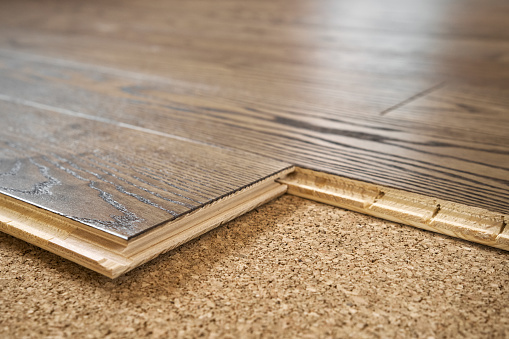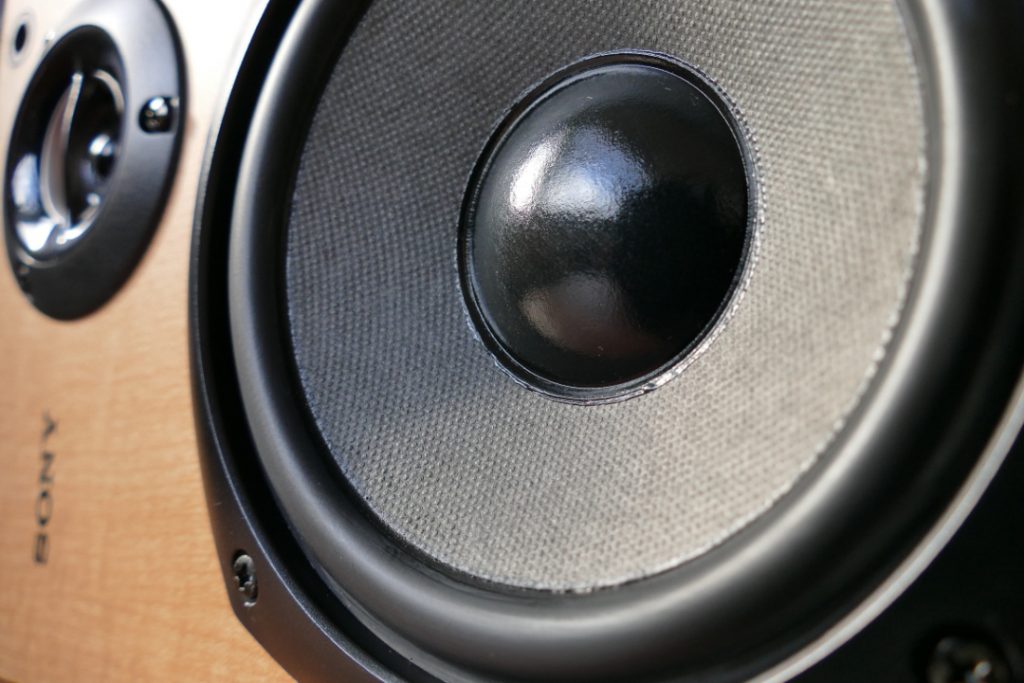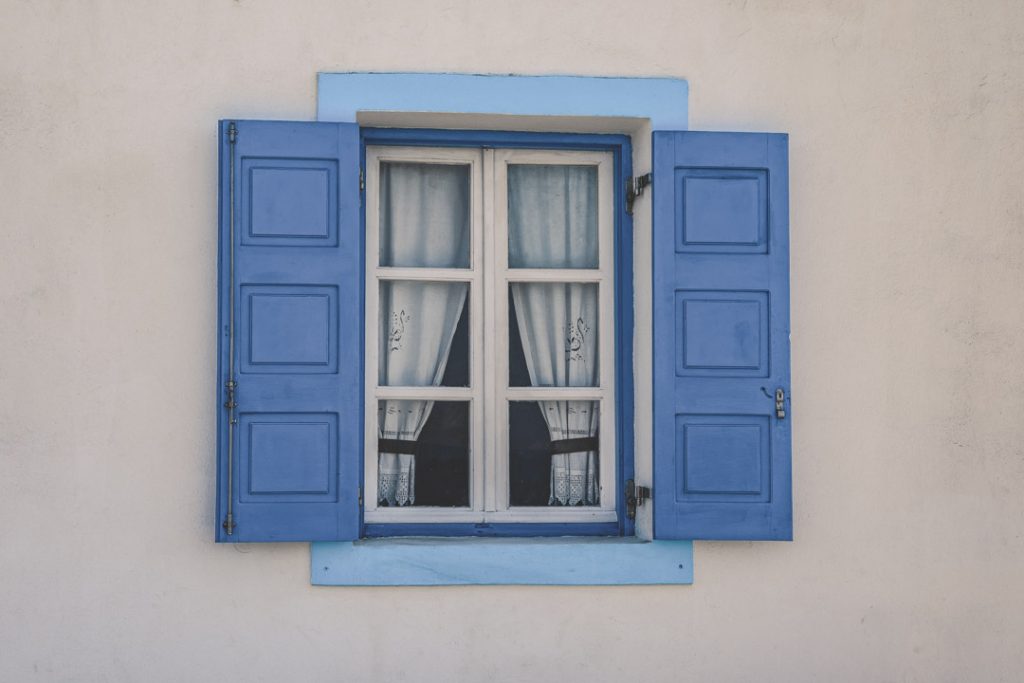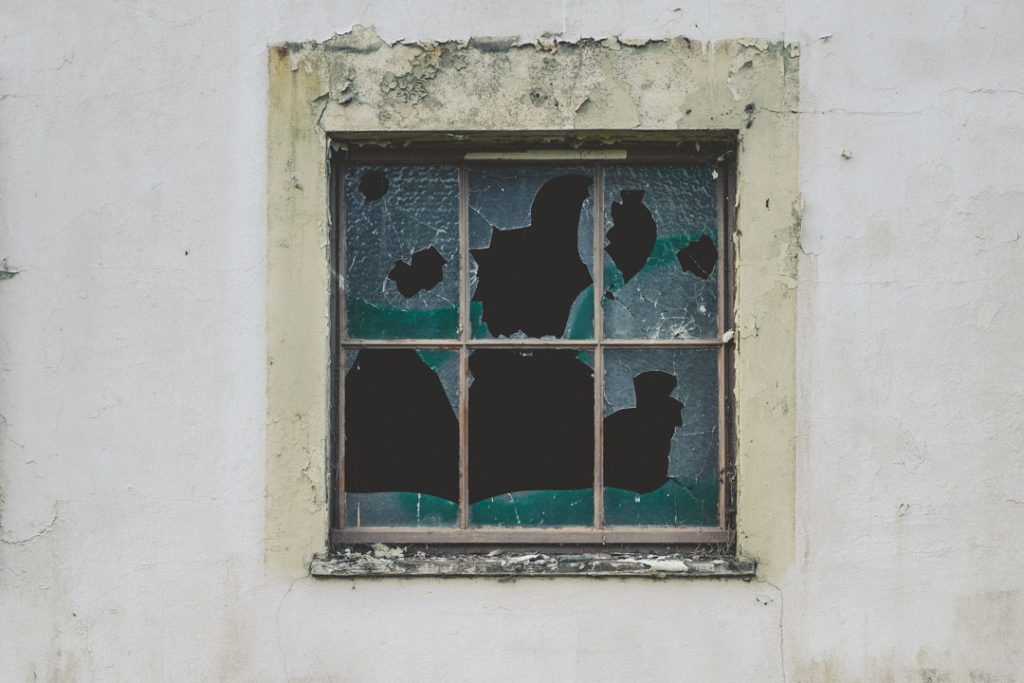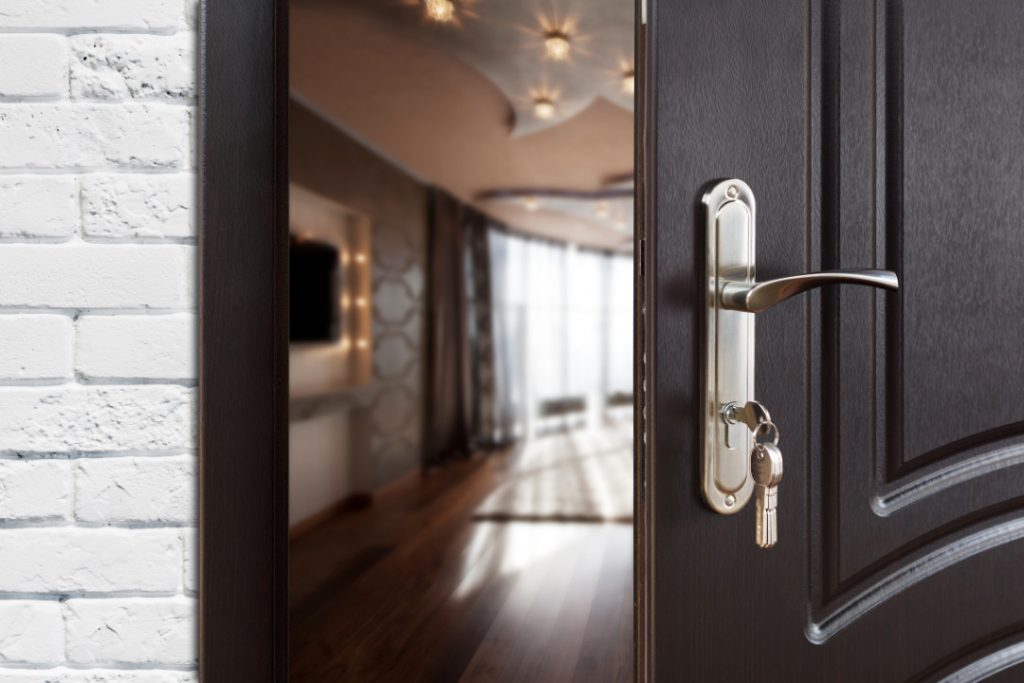Do you want to know how to soundproof between existing floors? Home theater rooms are designed to reduce noise and block sound. However, there are a few ways you can further reduce noise in your home theater room. Acoustic panels can be used to reduce noise and block sound. Floor joists can be used to impact sound. Acoustic foam can be used to block sound. Airborne noises can be absorbed by soundproofing barriers. Floor coverings can be used as a layer of drywall.
Unwanted noises can be reduced by sound absorption. Noise reduction can be achieved by closed-cell foam. Other soundproofing materials can be used to dissipate sound. There are a lot of ways to reduce footfall noise in your home. Some are easy and inexpensive, while others require more time and money. You can start by soundproofing the entire floor with acoustic mats or foam panels.
If you have an existing subfloor, you can add an acoustic underlayment or interlocking floor mats. For a concrete floor, you can install a floating floor or cement board. If you’re on a tight budget, you can use fiberglass batt insulation, green glue, wood furring strips, recessed lights, or Rockwool insulation to reduce noise. You can also add carpet padding or carpet pad to reduce transmission. Finally, if you’re concerned about noise reduction in other rooms, you can soundproof the walls and ceiling with antibacterial materials.
Soundproofing quality can be improved by soundproofing projects. A soundproof ceiling can be created by using the existing ceiling, existing carpet, and carpet pads. Footfall noise can be mitigated by using wood furring strips and recessed lights. An acoustic mat can be used under carpet padding to reduce noise transmission through the entire floor.
A carpet pad alone will not reduce noise but it will help if you have an open-cell foam under it that will dissipate the footfall noise. If you’re on a tight budget, you may want to use Rockwool insulation or green glue as an existing subfloor. The air pocket between the main floor and the final thoughts typically has antibacterial materials that can be used as a naked floorboard. The tight budget for soundproofing may also include using a rubber mat under one room to reduce transmission of airborne noise from one room to another or using an acoustic foam panel on the top floor to start soundproofing the one floor below. Soundproofing a room enough to deaden sound may require multiple layers of different soundproofing materials, depending on whether you are trying to reduce airborne or impact noise.
Ultimately, your main concern when soundproofing a room should be to achieve enough quantity and enough quality of the soundproofing material to effectively reduce the amount of unwanted noise entering or leaving the room. There are many options available for soundproofing Materials, including acoustic underlayment, acoustic mats, and acoustic foam panels. The key is to find the right combination of materials for your particular situation to reduce unwanted noises.
How To Soundproof Between Existing Floors
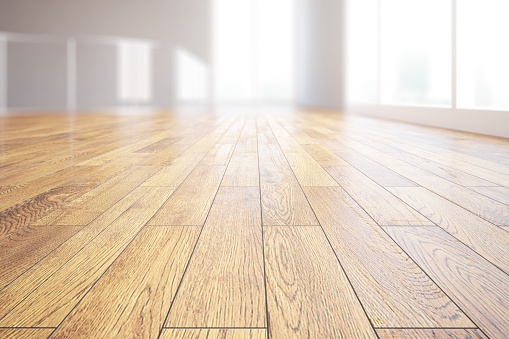
1. Use an acoustic underlayment – This is a material that is installed between the existing floor and the new flooring. It can be effective at both blocking airborne noise and absorbing impact sound.
2. Install acoustic mats – These are mats that are placed under the new flooring. They will help to absorb sound and reduce noise levels.
3. Install acoustic foam panels – These panels can be placed on the walls or ceiling.
4. Use a soundproofing barrier – This is a material that is placed between the existing floor and the new flooring.
5. Use a floor covering – This is a material that is placed over the existing floor. It will help to block sound from traveling through the room.
6. Install a layer of drywall – This will help to block sound from traveling through the room.
7. Use unwanted noises – This is a material that is placed in the room to absorb sound.
8. Use sound absorption or floor soundproofing materials.
Airborne Noise
Airborne noise is one of the main concerns when soundproofing a room. Airborne noise is generated by sounds that travel through the air, like voices and music. To reduce airborne noise, you need to use soundproofing materials that will absorb or deflect the sound waves.
Impact Noise
Impact noise is footsteps, dropped objects, and other noises that travel through the floor itself.
Soundproofing Materials
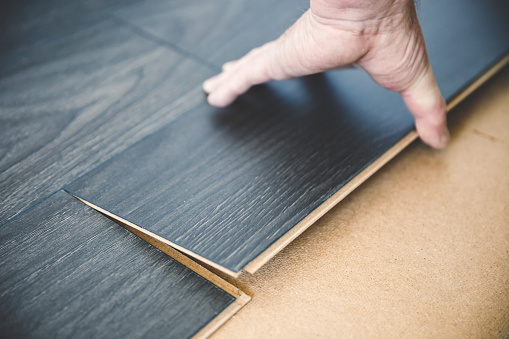
If you need to soundproof between existing floors several things must be looked at before any materials are installed. The first thing is what type of noise are you trying to block, airborne or impact noise? If you are not sure which category your noise would fall into you can always consult with an acoustic professional. Many different types of soundproofing materials can be used to achieve either type of result including acoustic underlayment, acoustic mats, acoustic foam panels, sub-floor products such as interlocking floor mats, mass-loaded vinyl barriers, concrete floor products like cement board, and more. Each type of product has its own set of properties that make it effective at blocking or deadening sound. How much soundproofing quality you need will also play a role in what materials you ultimately choose for your project. Some soundproofing projects only need a little bit of help while others require multiple layers of different types and thicknesses of material to achieve the desired result.
Sound Insulation

Any homeowner knows that unwanted noise can be a serious problem. Whether it’s the sound of footsteps echoing through the house or the rumble of traffic from outside, too much noise can make it difficult to relax or concentrate. Thankfully, there are several ways to soundproof existing floors. An acoustic underlayment is a popular option for reducing both airborne and impact noise.
This material is installed between the finished floor and the subfloor, and it helps to block sound waves from traveling through the naked floorboard. For maximum sound reduction, acoustic mats, rubber mats, or foam panels can be placed beneath interlocking floor mats or carpeting.
Another effective way to reduce noise is to install a floating floor. This type of floor is not attached to the subfloor, so it helps to isolate sound and prevent it from traveling through the floor joists. In addition, floating floors can be made with a variety of soundproofing materials, such as cork or rubber, which helps to further deaden sound. For rooms where noise reduction is especially important, such as home theater rooms, acoustic panels can be installed on the walls or ceiling to help block sound.
Conclusion
The most common soundproofing material is an interlocking floor mat. Interlocking floor mats are made of rubber and they create an air pocket between the existing floor and the mat, which absorbs the sound waves.
You can also use carpet padding to reduce both airborne and impact noise. Carpet padding is made of different materials, like open-cell foam or closed-cell foam, and it helps to absorb sound waves. In addition, carpet padding provides a barrier between the existing carpet and the main floor.

